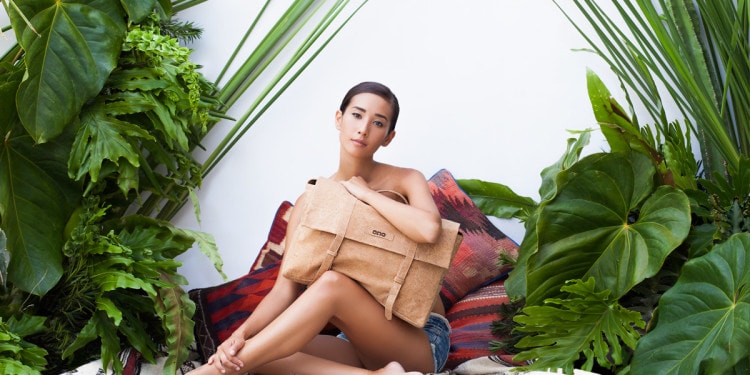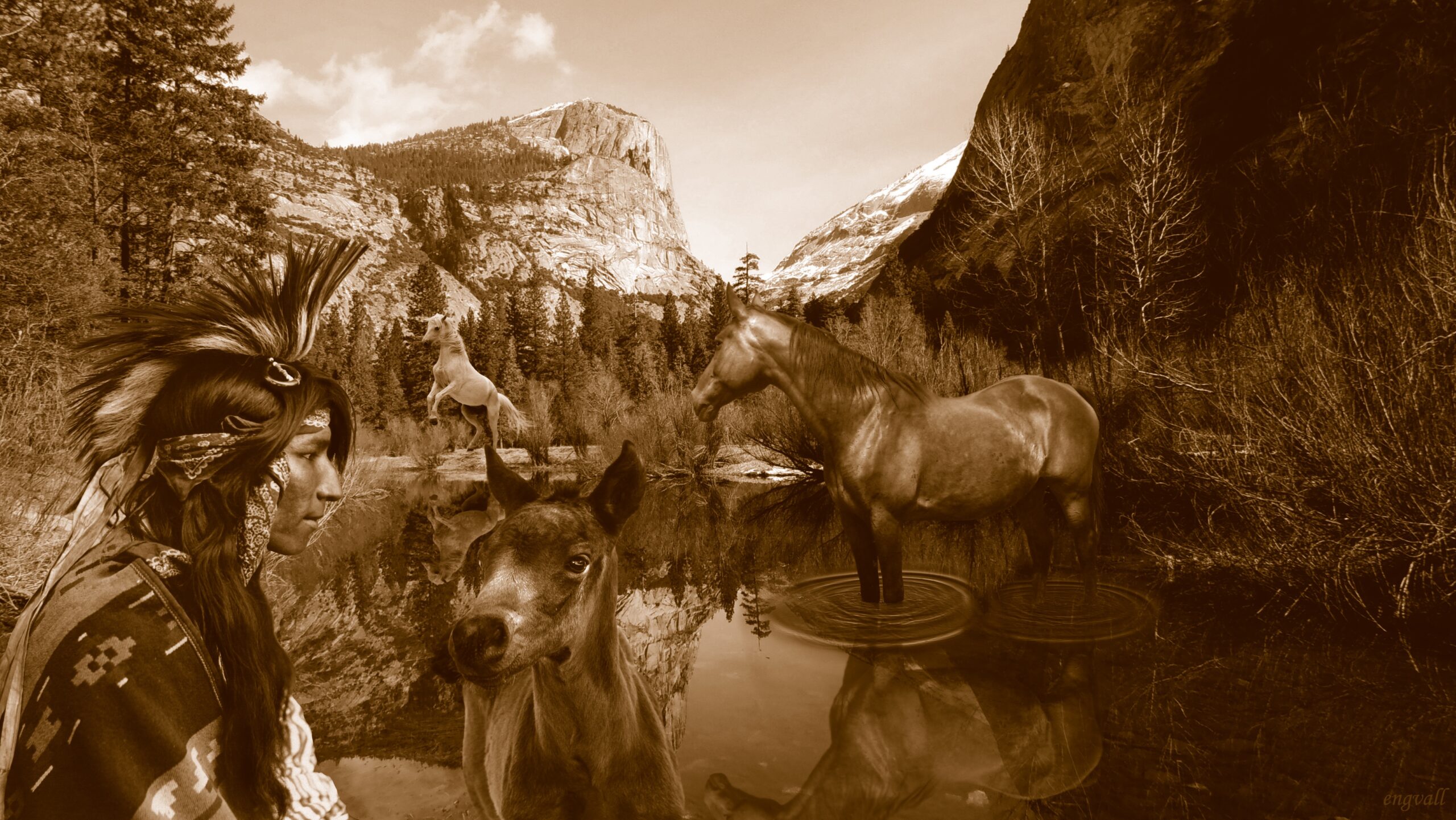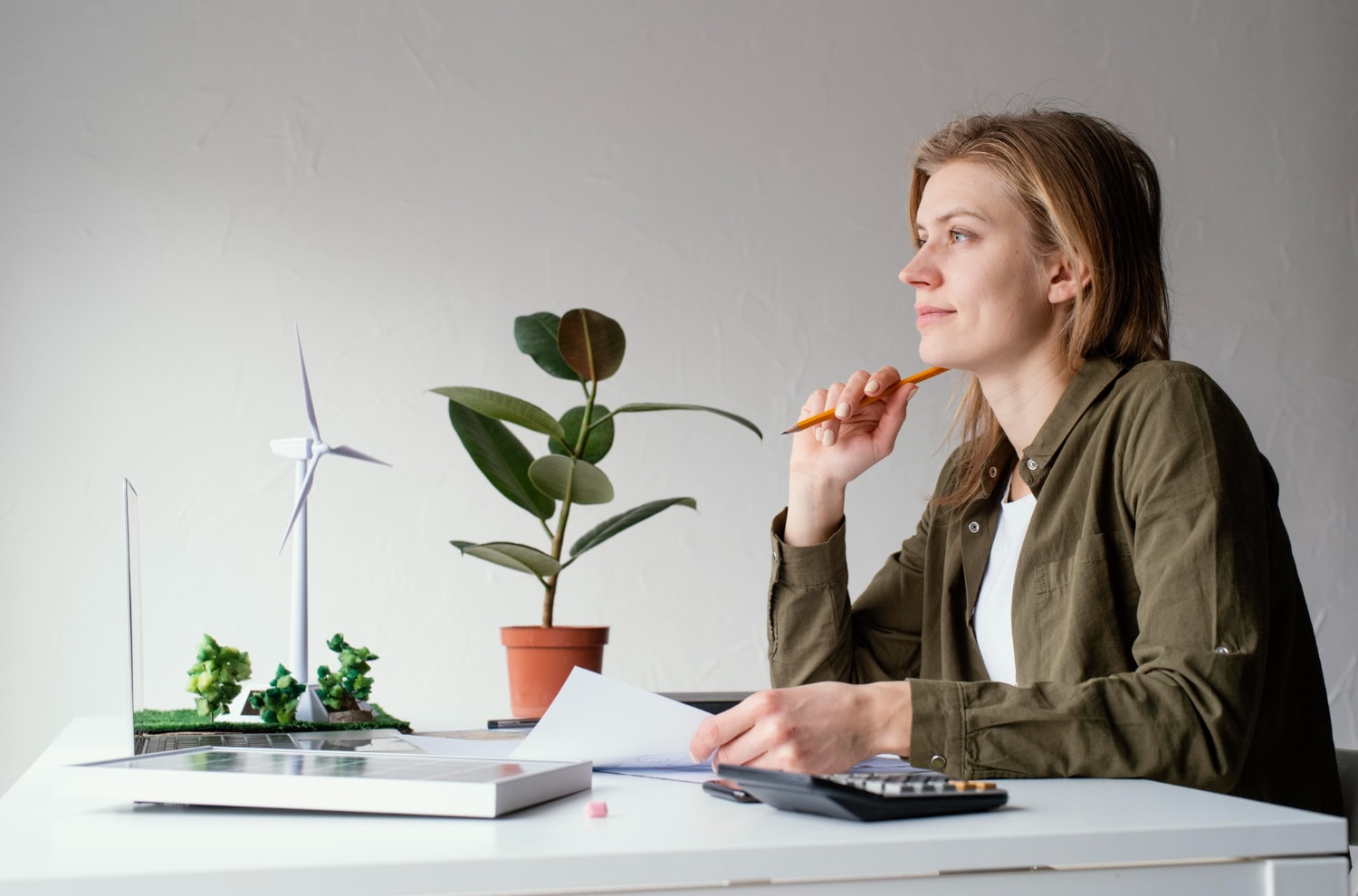For some people and businesses, sustainability is about fixing damage that’s already been done. But what if the paradigm was shifted from fixing damage to avoiding it in the first place? That’s what the principle of “cause no harm” is all about. Originally developed as a maxim for medical students, the phrase has since become adapted and adopted by sustainability activists, including speakers like Rick Pursell, and includes points like causing no harm towards others, our immediate environment, future generations, and even ourselves.
One company that takes the concept of cause no harm seriously is ono creations, a bag and accessories line based in Switzerland. Each of ono’s products is made with environmentally responsible materials like cork and bamboo, and manufactured by ethical partners and skilled artisans. I reached out to founder Bernadette Bodenmueller to learn more about her sourcing process, her views on the cause no harm philosophy, and ono’s partnerships with other sustainable businesses.
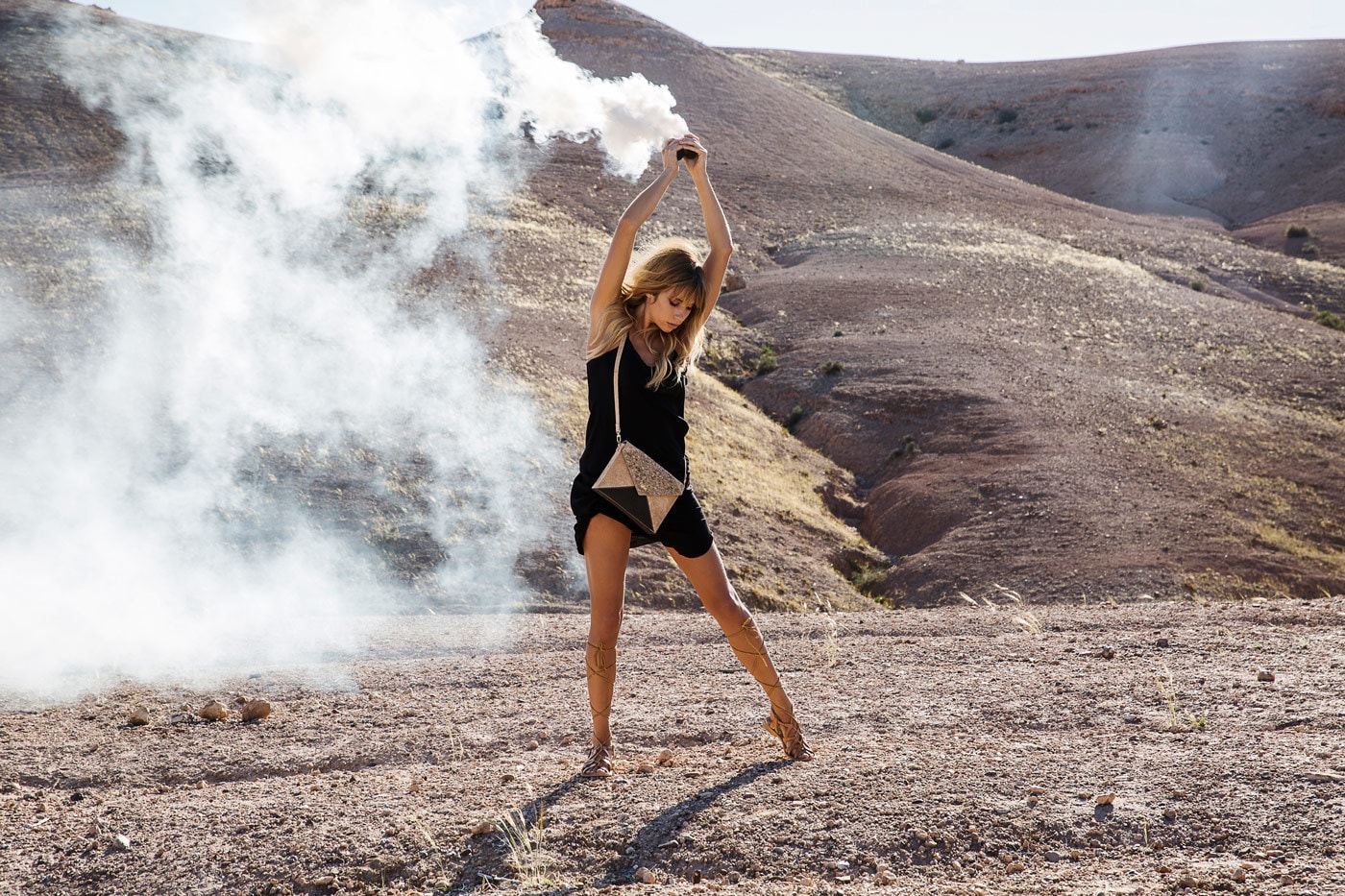
In the photo: ono creations stelo campaign Credit: ono creations
Q: What are the origins of ono creations, and what kinds of materials are typically used by ono for its products?
It all started in 2013 during my time living and working in Bali. I was inspired by the theory of “cause no harm” by Rick Pursell, where you basically live and do business without causing harm to anyone or anything. I wanted to create a business and products that are better and that create a better experience for everyone involved. I started with the development of our own cork-tencel material, as I realized there is nothing like it in the market. There were the usual textiles, but no sustainable fabric that was strong, flexible and durable that could replace leather or artificial leather, which is usually plastic. Even the usual cork fabrics in the market consist of only 10% cork while roughly 90% is polyester, a layer of plastic and chemical glue. But plastic was never an option for me based on the environmental impact. Cork, being one of the most sustainable and durable natural materials, was my focus from the beginning onwards. Over the span of a year, we sourced different backings and did trials with different suppliers and manufactures until we were satisfied with the quality, look, and durability.
Our unique cork-tencel material combines a terrific tactile experience, high quality, durability, and a fully sustainable approach all in one fabric. Its production is a meticulous process, with the cork being hand-applied by Portuguese experts. A strong Oeko-tex certified tencel backing was chosen based on its low water usage, its natural origin, and its environmental friendly manufacturing process. Both the glue and finishing are water-based and contain no harmful components, unlike common synthetic glue or finishing, they don’t release any harmful components into the atmosphere or on the skin when touched, and they don’t harm the environment. This material can be used for many different products like bags, shoes, furniture, cloth, aprons, watchbands, etc.
After we designed our main material, we selected others that combine our high sustainable standard with quality and beauty. Beside bamboo and organic cotton fabrics, we also use reclaimed teak buttons, Oeko-tex certified tencel, and organic cotton threads, since want our products to be free of plastic or harmful substances. The first line is basically compostable and could biodegrade in a forest. It’s also fair and vegan, meaning no person or animal had to suffer in the process. For us it’s important to find materials that have a low impact on the environment and are natural, fair, and vegan.
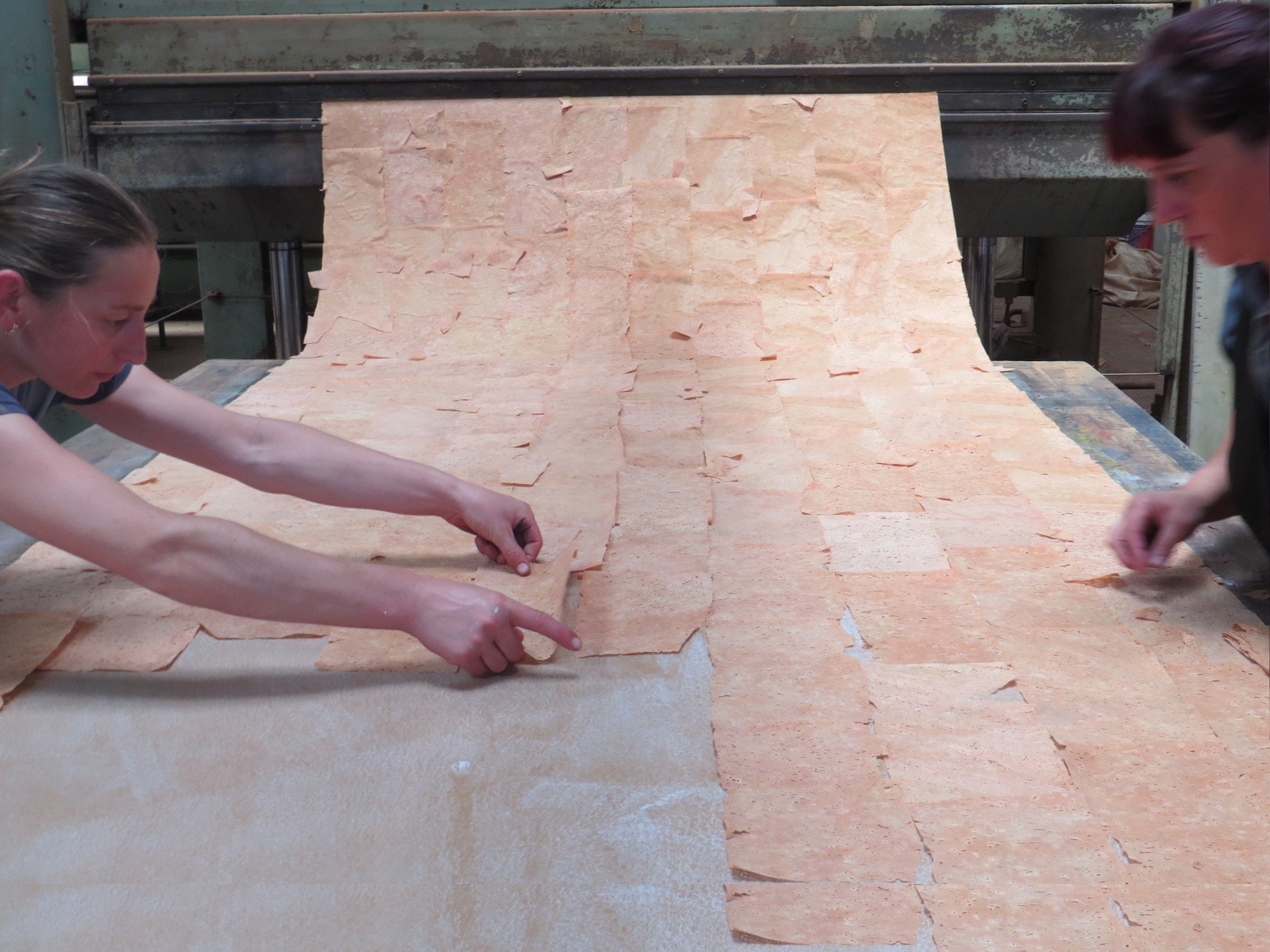
In the photo: ono cork tencel Credit: ono creations
Q: Following up on the “cause no harm” philosophy, how do you and ono practice that concept?
If you summarize the “cause no harm” theory, it basically says to cause no harm to ourselves, to cause no harm to others, to cause no harm to assets (whether they are ours or belong to others), to cause no harm to our immediate environment, to cause no harm to the planet as a whole, and to cause no harm to future generations. Based on these essential points we developed our code of conduct that defines precisely what we stand for, how we create our products, and what we refuse to do. You can download this on our website here.
Q: In addition to producing sustainable handbags, ono has also begun to branch into sustainable consultancy and advice for other businesses. How did that get started, and what has that experience been like?
When I started ono, I always had in mind a vision to create a cooperative brand that collaborates and works together with others. I personally believe that cooperation brings us much further than competition. It was kind of a natural development to move from creating our own materials and products to collaborating with other brands, and to help them through advice, outsourced manufacturing, and the sharing of our materials.
Today we work with other brands and partners to create their products in the best way. I love our cork tencel material and I think the positive impact for people and planet will be much greater if more brands can use it instead of plastic or leather. We’ve already supplied the material to different businesses and seen great designs and products be created from it. We’ve also manufactured products of all kinds, from skirts and bags to watchstraps and aprons. We’ve even worked with a restaurant to develop a natural and sustainable interior. We also give advice regarding strategy development, sustainable branding, sourcing, and manufacturing. I would absolutely love to work with more brands to help them succeed, and to help create a shift to more sustainable solutions.
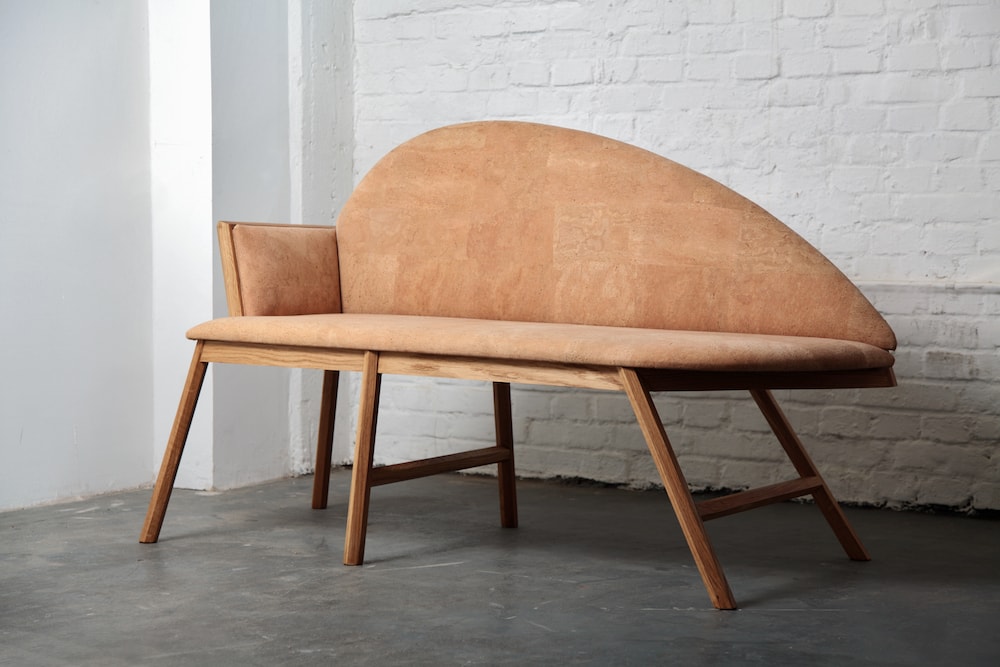
In the photo: ono cork couch, designed by Marco Iannicelli Credit: www.pr-aachen.de
Q: What does the future of ono look like in your eyes?
We would love to extend our cooperation and work even more with brands and businesses that love to create sustainable solutions. That has been always my vision with ono…to be the change and to inspire others.
Editors note: The opinions expressed here by Impakter.com columnists are their own, not those of Impakter.com


